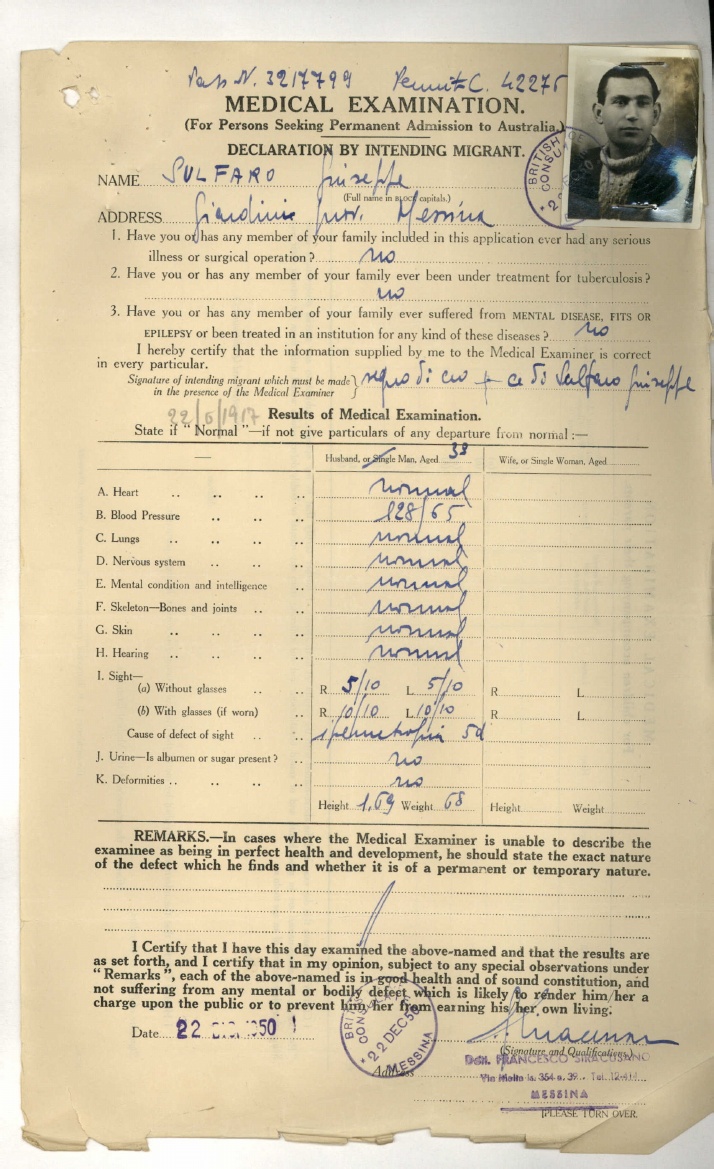It’s so easy to get swept away by genealogy research in the beginning. Everything is new, and usually the success of finding your relatives is high. The records are fairly recent, after all, and you can’t believe how easy researching your family is. Why would anybody be lazy enough to hire a professional genealogist? Well… hate to burst your bubble newbie genealogist, but things don’t remain that simple. In fact they get so insanely difficult that before you know it, your breakthroughs reduce to only a few a year. The further back you look for records, the harder it is to find your ancestors.
I am no exception to this rule. I have spent the better part of the past year struggling desperately to find the elusive records I need with very little help from communes. (Why won’t you reply to my emails?!) But sometimes you just have to take a little break, a breath, have a hot chocolate, wait a a week or two and suddenly a breakthrough! (Also ordering some microfilms and using the National Archives of Australia database helps.)
I have a couple of breakthroughs to share with you today. While you may not be particularly interested in what I found, it may be of use to other researchers who are like me – no longer a beginner and entering the thick waters of their researching career.
Last week I received a few emails letting me know that my three microfilms had finally arrived at my closest Family History Center. I had a whole list of people that I was hoping to find in these microfilms, but I didn’t want to spend all day squinting at microfilms. If you have not used microfilm readers before, you won’t know how utterly frustrating machines they can be, but how completely essential they are to family research. I have used many different microfilm machines in the past year and they all vary in quirks and assets. The one at my Family History Center was the best that I have come across so far – despite a few hiccups.
His name is Geronimo. The microfilm reader has a name? Yes, that’s the name the volunteers at the Family History Center have given it. I really have no idea why they named it Geronimo. Was it after the prominent leader of the Bedonkohe Apache who fought against Mexico and the United States for their expansion into Apache tribal lands for several decades during the Apache Wars? I don’t know. But anyway, the microfilm reader Geronimo was a great asset to me in my research.
Rather than squinting at a projection of the microfilm on a board, it was on a computer screen, and not only that it allowed me to print what I saw! I really, really, valuable asset to a genealogist who wants to keep records of their findings. Unfortunately it takes Geronimo a long time to allow us to print from him. It took about 10 tries, he would get all riled up and then shut down. Thank you so much to the ladies at the Family History Center in Bentonville, Arkansas. You are so helpful.
Anyway, during my research I was able to find at least 5 records! That is a huge milestone to any genealogist on any given day. While some were simply proof of the dates that I had already found on FamilySearch, others were a completely new record that allowed me to add new data to my Family Tree. Microfilms are a really great resource, if you have a Family History Center nearby, because you are not limited to the records online and you don’t need to make expensive trips to Utah or wherever your family came from. (Italy, for example.) That is not to say, however, that I don’t envy those who live in Salt Lake City. I am very jealous. But I plan on making a research trip sometime in the future so that will be helpful.
My second breakthrough happened only a couple of days ago. This time it came from thinking outside of the box. While growing your family tree with names and dates is probably the biggest pleasure I have from genealogical research, it should not be the only thing you do. It is important to find out a little bit about your ancestors lives if you can. So this time I looked very recently into my family tree, at my maternal grandparents and their immigration to Australia. About two months ago I ordered records from the National Archives of Australia who supposedly had information on my ancestors from their application to immigrate, their life in Australia and their naturalization. I am excited to share some of these documents below. But first I want to say that I paid $20 to receive these documents, which can be rather a lot of money when you are ordering microfilms and paying for Ancestry website subscriptions. I paid it in any case and I am so glad I did! I received over 100 pages of scanned original documents with all correspondence letters between government officials, and and my grandparents, painting a detailed picture of their immigration from Italy to Australia. I cannot publish them all on this blog because: 1. It wouldn’t be of great interest to all of my readers, 2. The documents collectively create a 32mb file so it would take you forever to load this page in the first place, and 3. There is information about ancestors who are still alive today. Privacy is always essential in genealogy.
The documents below are the highlights of the package of documents:

The medical examination they conducted on Giuseppe Sulfaro when he was applying to go to Australia for work. You can probably read it, but if you notice in the vision he had only 5/10 vision in both eyes without glasses.

Letter written by somebody (probably not Giuseppe Sulfaro) but signed by Giuseppe as application to become a naturalised Australian citizen.






Trackbacks/Pingbacks